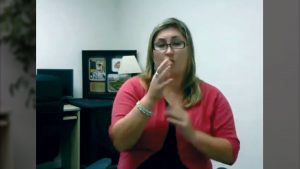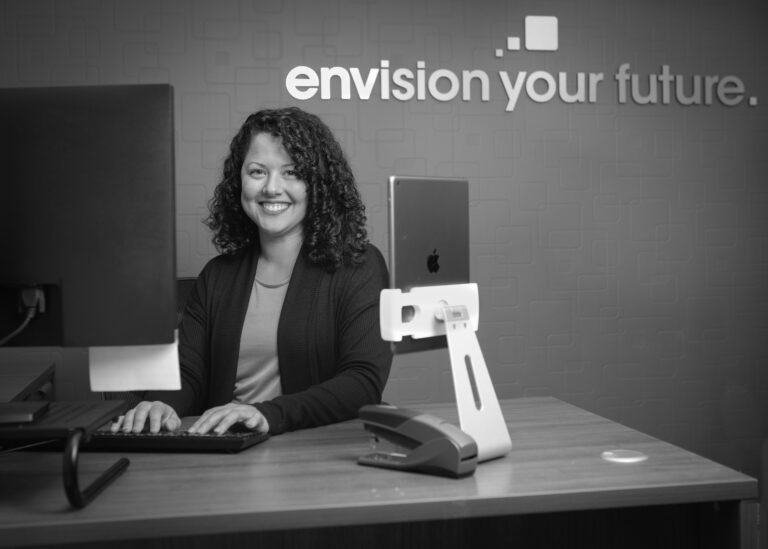Many people want to know how they would ever be able to afford long term care costs that can range anywhere from $50,000 to $120,000 per year. Few people can pay this from their regular income and retirement nest eggs can be quickly depleted. Long-term care insurance is very expensive and difficult for older people to get. Many people look to Medicaid to cover these costs but few people understand the complicated rules surrounding Medicaid eligibility. We will take a look at a few of the myths related to Medicaid.
Myth: Medicare and my supplemental health insurance will pay for nursing home care
Truth: Medicare will only pay for 20 days of full coverage and even then, only if you have spent at least three days in the hospital and then need skilled care. Then you can get an additional 80 days of partial coverage, for a total of 100 days. After 100 days, Medicare coverage stops and you are responsible for the full cost.
Myth: Medicaid will pay for all long-term care services
Truth: Unlike Medicare which is a federal program, Medicaid is a joint program by the Feds and the States. While the Medicaid minimum guidelines are established at the federal level, each State administers their own Medicaid plans and the benefits vary greatly from state to state. Some states will ONLY cover skilled nursing home care or home care for patients who would qualify for nursing home care. Other states may cover some additional services such as assisted living facilities, and in home services but many do not.
Myth: If I have to go to a nursing home, the government will take my money and my house
Truth: Medicaid is designed to be a safety net for people who can not afford to pay for long term care. It is expected that if you have assets, they will need to be “spent down” on your care before the government will start paying. So in order to qualify for Medicaid, your income and assets must below certain thresholds. If you have more than these thresholds, the government will not seize your property. You simply won’t qualify for benefits.
If there is a reasonable chance you will return home after getting nursing home care, the state will generally allow you to keep your home and still qualify for Medicaid. However, once a person receiving benefits passes away, the state can try to get the money back that that they paid in benefits from the person’s estate.
If a Medicaid recipient is married, it doesn’t necessarily mean they must spend ALL joint assets on long term care. The non-disabled spouse is allowed to keep half of the couple’s assets, up to a maximum of $119,220 in 2016. In addition, the non-disabled spouse, called the community spouse, can remain in the house, even if the value exceeds the $119,200 threshold. Disabled siblings or children would also be allowed to retain the house if they already lived there prior to the Medicaid recipient’s disability.
Myth: I can transfer money to my spouse or children to qualify for Medicaid
Truth: Medicaid will look back five years from the date of your application to see if you have transferred or gifted any assets to other people. If they find you have, they will disqualify you from receiving benefits for a period of time called a penalty period.
However, gifts to disabled children, including deaf children, are considered exempt transactions and are not subject to the penalty period.
Myth: If I qualify for Medicaid, I can choose any facility I want
Truth: Not all facilities accept Medicaid benefits so you may not have as many options as you would with private pay. In addition, many will limit the number of Medicaid beds in their facilities, although some states prohibit this. Medicaid will also not pay for a private room so if you wish to have a private room, you would have to pay out of pocket for that additional cost.
At Kramer Wealth Managers, we can help navigate the financial impact of long term care expenses and help you prepare for the unexpected. The Medicaid system is complex and should be navigated with the help of an experienced Elder Law Attorney (find one at www.nelf.org). For more information on Medicaid, go to www.medicaid.gov.
Although the information has been gathered from sources believed to be reliable, it cannot be guaranteed and the accuracy of the information should be independently verified. The information is not intended as tax or legal advice and should not be relied upon as tax or legal advice. Federal tax laws are complex and subject to change. Neither Osaic Wealth, nor its registered representatives, provide tax or legal advice. As with all matters of a tax or legal nature, you should consult with your tax or legal counsel for advice.




